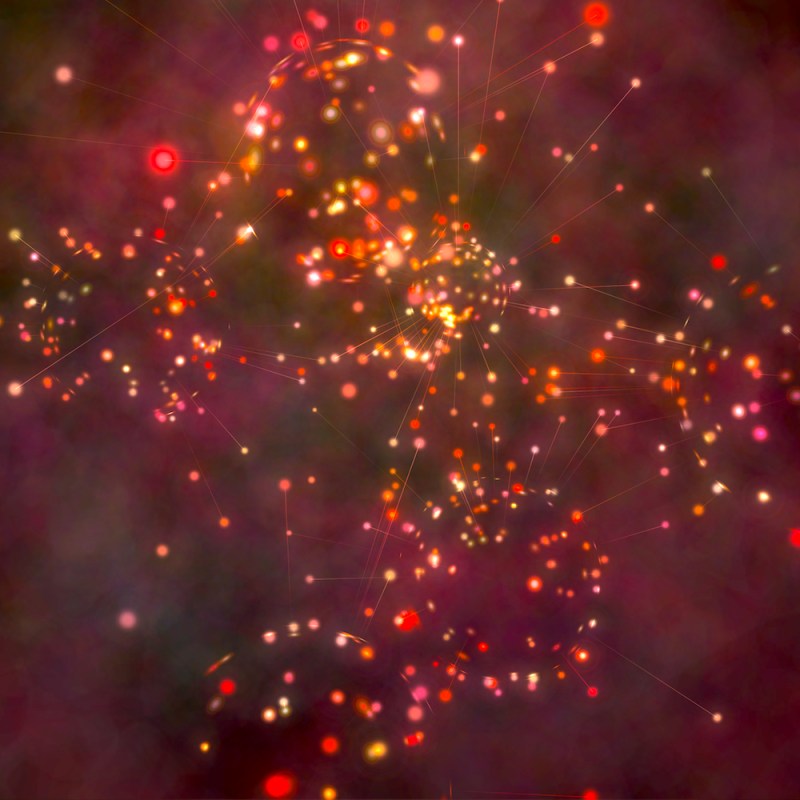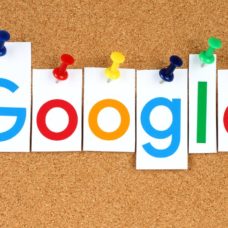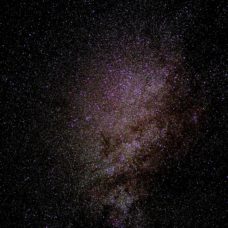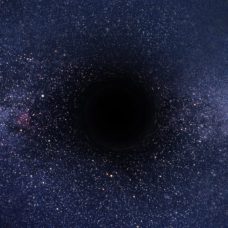According to the World report on disability, nearly 15% of the world’s population, over one billion people, live with some form of physical or mental disability.
Building a truly inclusive society means gaining an extra boost from every and each living person regardless of their way of life.
Improving the “accessibility” of new technologies, and science in general, allows everyone to participate fully in society on the basis of equality.
For example, major companies like Microsoft continuously work on technological accessibility solutions.
Despite progress in recent years, when it comes to science accessibility, there’s a lot of fresh ground to break.
To tackle this, a group of researchers thought of a way to make astronomy more inclusive and accessible to deaf people.
Read More: Microsoft Develops New Programming Language for the Blind
Astronomy, Felt
Hearing loss is one of the most unnoticeable disabilities that’s subject to social exclusion.
It’s estimated that one in eight Americans, or about 30 million people, suffer from hearing loss, and 360 million people worldwide.
In the whole of Southern California, California School for the Deaf, Riverside (CSDR) is the only public school for the deaf.
Astronomers at the University of California Riverside (UCR), which is home to CSDR, chose to improve these student’s understanding of the cosmos in a new workshop experiment.
Teaming with CSDR teachers, UCR astronomers designed an astronomy workshop for students with hearing loss that “can be easily used in classrooms, museums, fairs, and other public events.”
Thanks to this workshop, deaf students can “feel” vibrations from different cosmic bodies and events, such as “rockets, stars, galaxies, supernovae, and even remnants of the Big Bang itself.”
The team made their workshop open so that teachers worldwide can use it in their classrooms.
CSDR also worked previously with physicists and astronomers in developing astronomy accessibility activities, like bringing American Sign Language to astronomy events.
However, this astronomy workshop is the first CSDR/UCR activity especially tailored for the deaf community.
But why astronomy in the first place?
Mario De Leo-Winkler, director of the National System of Researchers of Mexico, has this to say:
“Designers of informal STEM education and public outreach activities often overlook people with hearing loss. For our workshop we decided to focus on astronomy –a gateway to science– because of the breathtaking imagery it offers, the big questions it tackles, and its increasingly interdisciplinary nature. We used storytelling, videos, and images in the workshop to bring meaning to the sounds of the universe — all of which made for a very engaging experience for the students.”



















Comments (0)
Most Recent